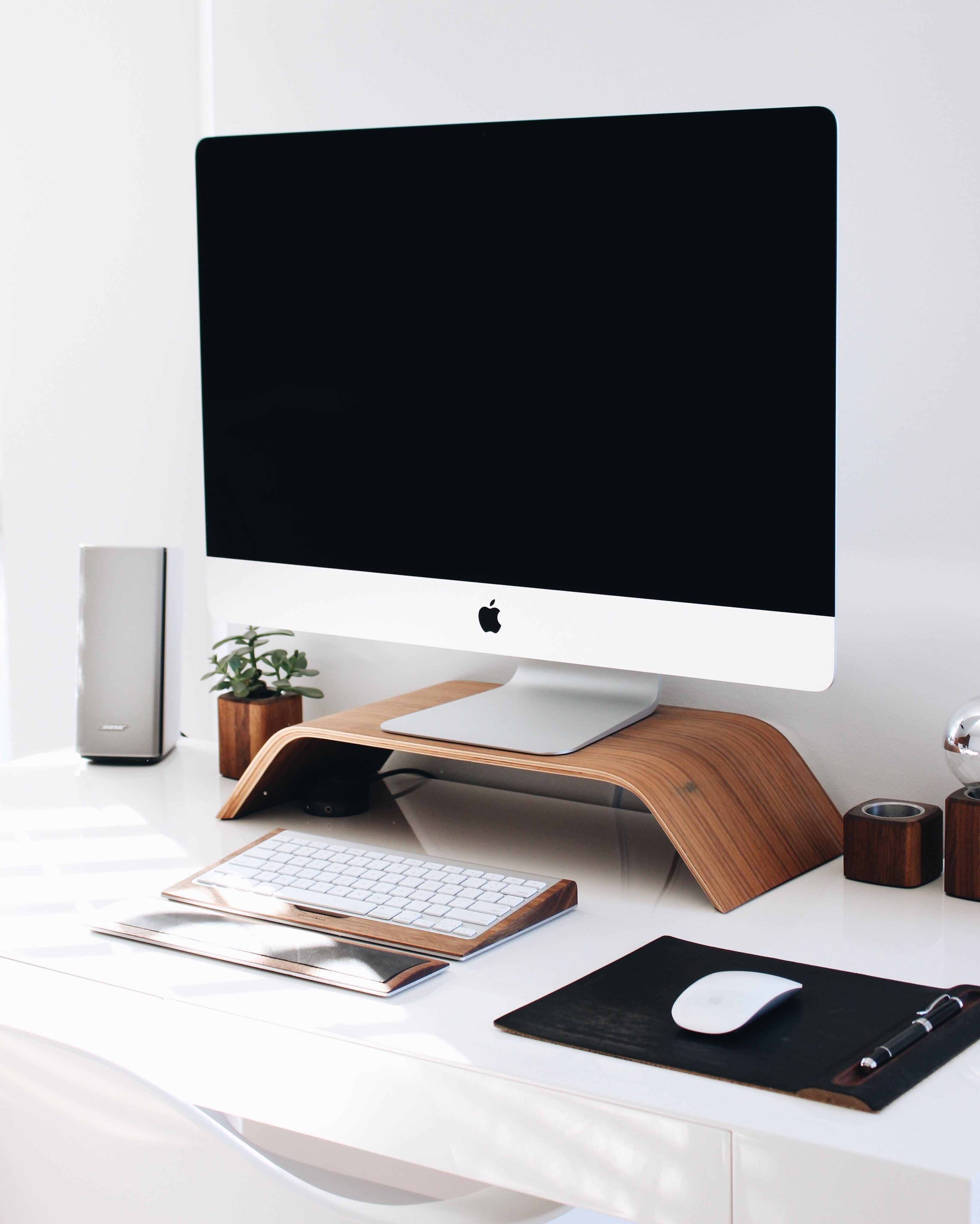One of the best ways to boost your team’s performance is to be mindful of the physical space you work in — and it’s simpler than it sounds.
First the science. Research from Cornell University shows the link between environmental conditions and productivity—the layout, temperature, design and overall aesthetic of an office can impact how much gets done.
But you don’t have to redesign your entire office space to make a difference. There are small, science-backed ways to make your office an ideal work environment for your team.
Let’s start with temperature. While most people assume a cool office is a more productive one, that’s not always the case. Cornell University research found that when office temperatures were raised from 68 to 77 degrees Fahrenheit (20 to 25 degrees Celsius), employee mistakes decreased by 44%. When the body isn’t using energy to generate heat for itself, it can be used in other ways.
Not in control of the office thermostat? No problem. Purchase space heaters for your area or bring a few extra layers from home for people to wear.
Light is another big factor when it comes to workplace productivity. Natural light is critical to worker satisfaction. Researchers at Northwestern University’s Neuroscience Program compared employees in environments with windows and without. What they found was that those without windows reported having less energy and more physical issues. Those who worked in windowless offices also slept 46 fewer minutes per night and reported worse sleep quality, lower sleep efficiency, and more nighttime disturbances. While you might not be able to add windows to your office, encouraging your team to get outside for walking meetings a lunch outing or just a walk is important.
Adding some nature to your office can also influence your team’s performance. Simply put, humans like nature and greenery and the more of it we experience in the office, the happier and more productive we are. In fact, this tendency to respond positively to nature and natural settings is called the “biophilia hypothesis,” coined by Edward O. Wilson in his 1984 book, Biophelia. And research bears him out. Studies show that when office environments include plants, cognitive performance increases. The authors of a study in the Journal of Environmental Psychology visited three workplaces in the Netherlands and the U.K. When one plant was added per square meter, employee responses to memory and other basic tests improved. Another study, by researchers from the University of Twente in the Netherlands, found that indoor plants reduced stress So if you can find room in your budget, stop by your local florist or hardware store and add some nature to your workspace.
Here are a few other ways to help your employees work smarter:
-
Ask your team for ideas: Just giving employees some autonomy over what their work environment looks like has been found to increase happiness and productivity. A 2010 study by researchers from the University of Exeter found that allowing employees to choose how many plants and photos they wanted in their office increased productivity by up to 32% compared to employees who had been given no choice. So perhaps one of your employees has a passion for interior decorating or ergonomics. Invite your team to share what would liven up the space for them.
-
Send a calendar invite for decluttering: There’s science behind the belief that a cluttered workspace inhibits your ability to focus. Make a standing calendar invite with your team for 15 minutes of decluttering once a week, once a month or whenever feels right.
Provide people with resources for blocking noise: There are several websites and apps that provide ambient noise like Coffitivity and the White Noise app.


